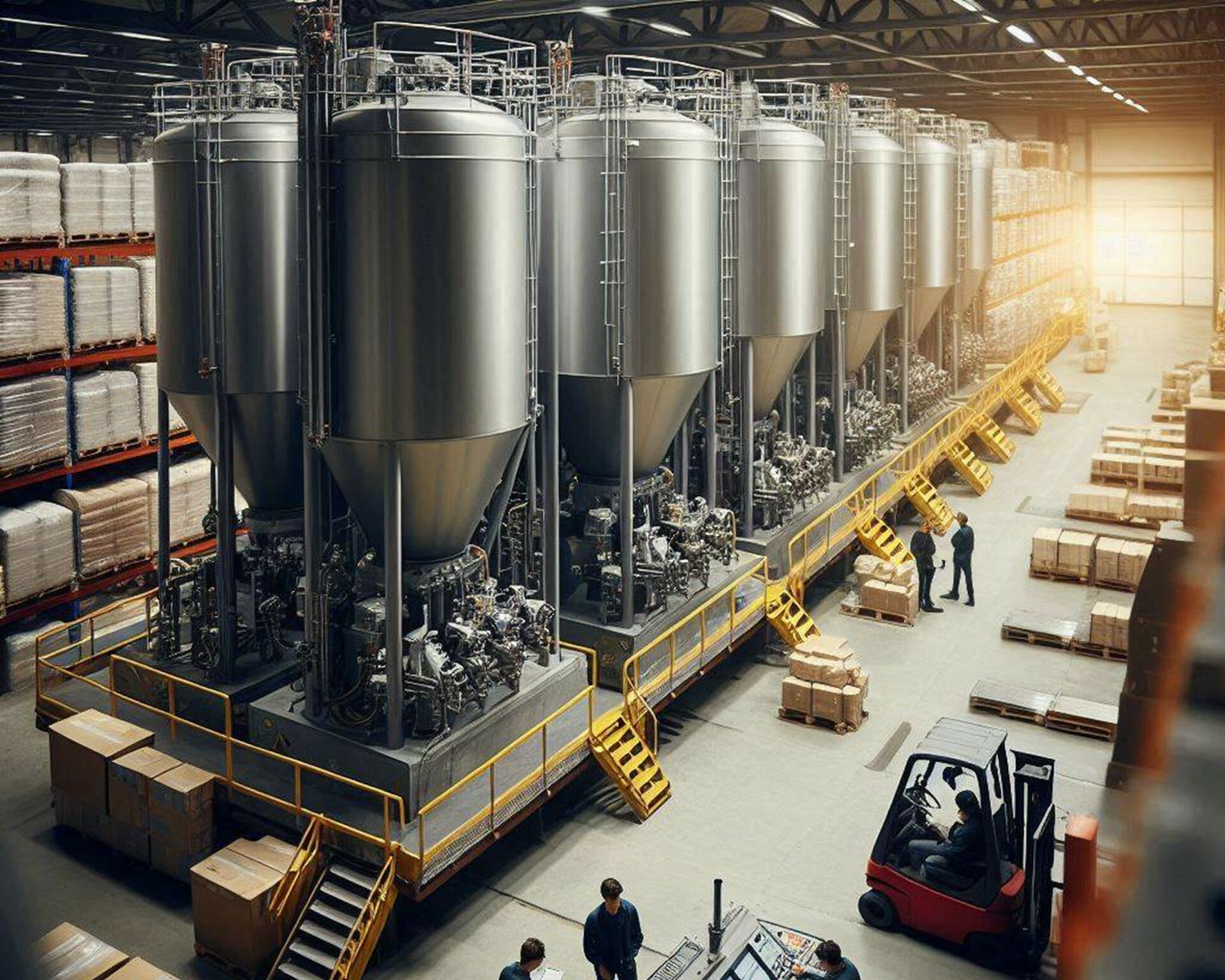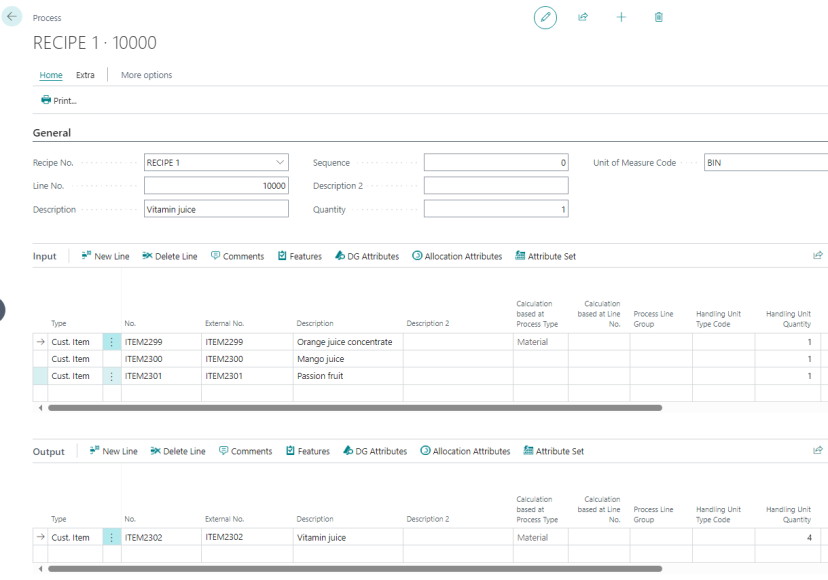Blenden als onderdeel van onze VAL-module in het WMS
Value Added Logistics (VAL) omvat activiteiten waarmee u als logistiek dienstverlener extra waarde kunt toevoegen voor uw klanten. Deze diensten variëren van herpakken en assembleren tot gespecialiseerde processen zoals shockvriezen en blenden. Bij de opslag van bulkgoederen of vloeistoffen, zoals sappen, verwachten klanten vaak dat verschillende producten worden gemengd om een nieuw eindproduct te creëren. In 3PL Dynamics wordt dit mengproces beheerd via de VAL-module. Maar hoe werkt dit mengproces, en wat zijn de mogelijkheden?

Uitdagingen in het blendproces
Een blend- of mengproces adopteren in uw logistieke operatie is niet niks. U moet hierin kunnen vertrouwen op uw softwareoplossing om fouten te voorkomen. De 3 grootste uitdagingen hebben we op een rijtje gezet:

-
Bij het mengen van vloeistoffen is het onvermijdelijk dat een deel verloren gaat in het proces. Wanneer dit gebeurt, wilt u dit wel kunnen registreren om voorraadverschillen te voorkomen. Zo kunt u bijvoorbeeld door middel van gewichtsverschillen de voorraad corrigeren. Hiervoor kunt u in 3PL Dynamics een scanfunctie inrichten.
-
Wanneer de voorraad zich in productie bevindt, oftewel in het mengproces, boekt u deze af van de klantartikelen. Dit betekent dat er op dat moment geen bewaarloon wordt berekent over het materiaal. Indien het mengproces een aantal dagen duurt, kan dit wel degelijk een verschil maken voor uw facturatie.
-
Werkt u met labwaarden? Dan wilt u deze opnemen en registreren op uw partij. In 3PL Dynamics kunt u bijvoorbeeld de gegevens vastleggen via een meldingsdocument en worden deze gekoppeld aan uw partij. Zodat u te allen tijde de waardes terug kunt vinden.
Blenden in 3PL Dynamics
In 3PL Dynamics onderscheiden we twee vormen van blenden: op basis van receptuur of op basis van klantvraag.
In onderstaande afbeelding ziet u hoe op basis van een receptuur verschillende klantartikelen bij elkaar worden gevoegd. En er vervolgens een output wordt gegenereerd uit de VAL-order.

Wat gebeurt er in het systeem na het blenden?
Wanneer u goederen mengt op basis van klantvraag wordt er een receptuur aangemaakt ‘Manueel’. Ditzelfde geldt wanneer u geen vaste receptuur gebruikt in uw proces. Dit komt onder andere voor bij het blenden van sappen. Zo smaken sinaasappels niet het hele jaar door hetzelfde, waardoor u andere verhoudingen moet gebruiken om de smaak van de uiteindelijke sinaasappelsap hetzelfde te houden.
Na het voltooien van de VAL-order worden één of meerdere klantartikelen gebruikt om deze over te boeken naar een ander klantartikel. Dit betekent dat er een afboeking plaatsvindt van het ene klantartikel en een boeking naar het andere. Zo heeft u altijd grip op uw werkelijke voorraad.
Voeg waarde toe met VAL-activiteiten
Blenden in één van de vele VAL-activiteiten die u kunt doen. Zo spelen logistiek dienstverleners steeds vaker een rol in het productieproces van klanten. Of wordt verwacht dat zij ook de retouren in het e-fulfilmentproces op zich nemen. Deze en andere VAL-activiteiten geven u de uitgelezen kans om uw klanten nóg verder te ontlasten en u te onderscheiden ten opzichte van de concurrentie.

Wenst u meer informatie?
Wenst u meer informatie over blenden en de toepassingen in onze VAL module?
Neem contact met ons op! We helpen u graag verder.